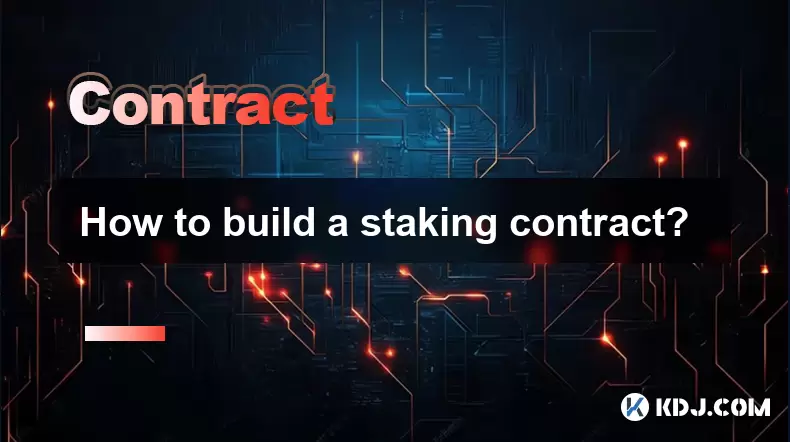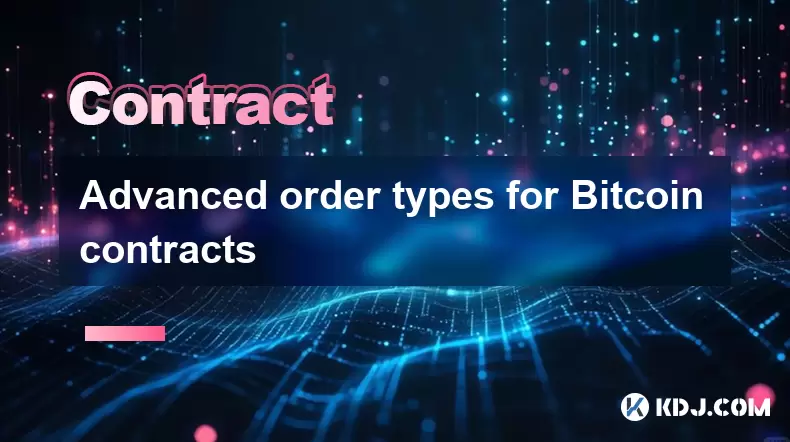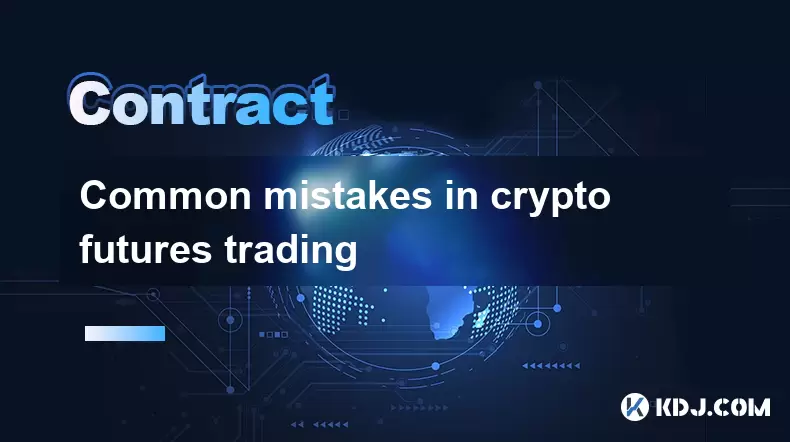-
 Bitcoin
Bitcoin $118400
0.39% -
 Ethereum
Ethereum $3814
2.17% -
 XRP
XRP $3.547
1.34% -
 Tether USDt
Tether USDt $1.000
0.00% -
 BNB
BNB $769.5
2.95% -
 Solana
Solana $191.7
6.36% -
 USDC
USDC $0.9999
0.01% -
 Dogecoin
Dogecoin $0.2722
7.75% -
 Cardano
Cardano $0.8995
5.59% -
 TRON
TRON $0.3158
-0.78% -
 Hyperliquid
Hyperliquid $47.37
4.46% -
 Stellar
Stellar $0.4848
3.54% -
 Sui
Sui $4.031
1.72% -
 Chainlink
Chainlink $20.11
3.94% -
 Hedera
Hedera $0.2832
3.16% -
 Avalanche
Avalanche $26.20
4.27% -
 Bitcoin Cash
Bitcoin Cash $530.5
0.67% -
 Shiba Inu
Shiba Inu $0.00001568
3.59% -
 Litecoin
Litecoin $118.4
1.42% -
 UNUS SED LEO
UNUS SED LEO $8.976
-0.23% -
 Toncoin
Toncoin $3.349
2.54% -
 Polkadot
Polkadot $4.590
2.54% -
 Uniswap
Uniswap $10.56
-0.59% -
 Ethena USDe
Ethena USDe $1.001
0.00% -
 Monero
Monero $327.7
0.39% -
 Pepe
Pepe $0.00001422
2.62% -
 Bitget Token
Bitget Token $4.973
-1.22% -
 Dai
Dai $1.000
0.02% -
 Aave
Aave $331.9
1.59% -
 Bittensor
Bittensor $429.6
-0.56%
How to build a staking contract?
A staking contract on a blockchain like Ethereum or Binance Smart Chain enables users to lock tokens for rewards, requiring secure coding in Solidity or Rust, careful design of staking and reward functions, and thorough auditing to prevent vulnerabilities.
Jul 20, 2025 at 10:42 pm

Understanding the Basics of Staking Contracts
Before diving into the technicalities of building a staking contract, it is crucial to understand what a staking contract entails. In the cryptocurrency ecosystem, a staking contract is a smart contract deployed on a blockchain that allows users to lock their tokens in exchange for rewards. These rewards are typically distributed based on the amount of tokens staked and the duration for which they are staked. This mechanism is commonly used in Proof-of-Stake (PoS) or Delegated Proof-of-Stake (DPoS) blockchains.
A well-constructed staking contract must ensure security, fairness, and transparency. It should also be efficient in handling staking, unstaking, and reward distribution processes. Developers must have a strong grasp of Solidity (for Ethereum-based contracts) or the relevant smart contract language depending on the blockchain platform.
Choosing the Right Blockchain Platform
The first decision in building a staking contract is choosing the blockchain platform. Popular options include Ethereum, Binance Smart Chain, Polygon, and Solana. Each of these platforms has its own smart contract language and development tools. For example, Ethereum uses Solidity, while Solana uses Rust or C.
When choosing a platform, consider the following:
- Gas fees and transaction speed
- Community support and developer tools
- Smart contract security audit standards
- Token standards (e.g., ERC-20, BEP-20)
Selecting the appropriate blockchain ensures that your staking contract can scale and perform efficiently without incurring excessive costs for users.
Designing the Contract Structure
Once the platform is selected, the next step is to design the structure of the staking contract. This includes defining the following:
- Staking token type (ERC-20, BEP-20, etc.)
- Reward distribution mechanism
- Staking duration and penalty rules
- Unstaking conditions and cooldown periods
A typical staking contract will have variables such as:
stakingToken: The token that users will stake.rewardToken: The token used to distribute rewards.stakingBalance: The balance of each user's staked tokens.userRewardPerTokenPaid: Tracks how much reward a user has already received.rewards: The amount of reward a user has earned but not yet claimed.
These variables help in tracking user activity and ensuring accurate reward distribution.
Implementing Core Functions
The core functions of a staking contract include:
- Stake: Allows users to deposit tokens into the contract.
- Unstake: Enables users to withdraw their staked tokens.
- Claim Rewards: Lets users collect earned rewards.
- Update Rewards: Calculates the rewards based on time and staked amount.
Each function must be carefully coded to prevent vulnerabilities. For example, the stake function should check that the user has approved the contract to spend their tokens. Similarly, the unstake function should ensure that the user cannot withdraw more than their staked balance.
Here’s a simplified example of a stake function in Solidity:
function stake(uint256 amount) public {require(amount > 0, "Amount must be greater than 0");
stakingToken.transferFrom(msg.sender, address(this), amount);
stakingBalance[msg.sender] += amount;
userRewardPerTokenPaid[msg.sender] = rewardPerTokenStored;
emit Staked(msg.sender, amount);
}
This function ensures that only valid staking amounts are accepted and updates the user's balance accordingly.
Security Considerations and Auditing
Security is paramount when deploying a staking contract. Even a small bug can lead to significant financial loss. Key security practices include:
- Avoiding reentrancy attacks by using checks-effects-interactions pattern
- Using SafeMath library to prevent overflow/underflow errors
- Implementing pausable functions for emergency scenarios
- Conducting code audits with tools like Slither or MythX
It is also essential to test the contract thoroughly using unit tests and integration tests. Deploying the contract on a testnet before mainnet launch allows developers to simulate real-world conditions and identify potential issues.
Furthermore, using OpenZeppelin’s upgradable contracts can provide flexibility in updating the contract logic without redeploying it entirely.
Frequently Asked Questions
1. Can I use a pre-existing staking contract template?
Yes, there are several open-source templates available on platforms like GitHub and OpenZeppelin. However, it is crucial to understand the code and customize it according to your project's requirements.
2. How are rewards calculated in a staking contract?
Rewards are typically calculated based on the amount of tokens staked and the duration of staking. Some contracts use a reward rate per block or per second to determine the accrued rewards.
3. Is it possible to unstake before the lock-up period ends?
This depends on the contract's design. Some contracts allow early unstaking but impose penalties or slashing mechanisms to discourage premature withdrawals.
4. How do I handle token transfers within the staking contract?
You must use the transferFrom function from the token contract to move tokens from the user to the staking contract. This requires the user to first call the approve function on the token contract.
Disclaimer:info@kdj.com
The information provided is not trading advice. kdj.com does not assume any responsibility for any investments made based on the information provided in this article. Cryptocurrencies are highly volatile and it is highly recommended that you invest with caution after thorough research!
If you believe that the content used on this website infringes your copyright, please contact us immediately (info@kdj.com) and we will delete it promptly.
- Binance, PEPE, and BONK: Meme Coins Mature, Shed 'Seed Tag' Amid Market Shifts
- 2025-07-21 22:30:13
- Toshi.bet: Leading the Crypto Casino Revolution in Poland 2025
- 2025-07-21 20:30:12
- Tether Gold (XAU₮) Expands: Mobee Indonesia & Tokenized Gold's Rising Tide
- 2025-07-21 20:50:12
- BlockDAG's Launch Access: No Vesting, Maximum Opportunity!
- 2025-07-21 21:30:12
- Altcoin Season Heats Up: Cardano Outperforms After Bitcoin Stabilizes
- 2025-07-21 20:50:12
- BlockchainFX: The 1000X Potential Crypto SHIB and DOGE Holders Are Eyeing
- 2025-07-21 21:30:12
Related knowledge

What is a maker vs a taker fee?
Jul 19,2025 at 01:14am
Understanding the Basics of Cryptocurrency Exchange FeesIn the world of cryptocurrency trading, maker vs taker fees are a fundamental concept that eve...

How to analyze Bitcoin futures data from CME?
Jul 19,2025 at 05:22pm
Understanding Bitcoin Futures on CMEBitcoin futures on the CME Group (Chicago Mercantile Exchange) represent a regulated financial instrument that all...

Advanced order types for Bitcoin contracts
Jul 21,2025 at 01:14pm
Understanding Advanced Order Types in Bitcoin ContractsIn the world of Bitcoin futures trading, advanced order types play a crucial role in managing r...

Common mistakes in crypto futures trading
Jul 20,2025 at 09:56pm
Overleveraging Without Risk ManagementOne of the most common mistakes in crypto futures trading is overleveraging. Traders often believe that using hi...

How to understand the liquidation price?
Jul 19,2025 at 10:00pm
What Is a Liquidation Price in Cryptocurrency Trading?In the realm of cryptocurrency futures and margin trading, the liquidation price refers to the s...

What is the maximum leverage for Bitcoin futures?
Jul 20,2025 at 03:42pm
Understanding Leverage in Bitcoin FuturesLeverage in Bitcoin futures refers to the use of borrowed capital to increase the potential return on investm...

What is a maker vs a taker fee?
Jul 19,2025 at 01:14am
Understanding the Basics of Cryptocurrency Exchange FeesIn the world of cryptocurrency trading, maker vs taker fees are a fundamental concept that eve...

How to analyze Bitcoin futures data from CME?
Jul 19,2025 at 05:22pm
Understanding Bitcoin Futures on CMEBitcoin futures on the CME Group (Chicago Mercantile Exchange) represent a regulated financial instrument that all...

Advanced order types for Bitcoin contracts
Jul 21,2025 at 01:14pm
Understanding Advanced Order Types in Bitcoin ContractsIn the world of Bitcoin futures trading, advanced order types play a crucial role in managing r...

Common mistakes in crypto futures trading
Jul 20,2025 at 09:56pm
Overleveraging Without Risk ManagementOne of the most common mistakes in crypto futures trading is overleveraging. Traders often believe that using hi...

How to understand the liquidation price?
Jul 19,2025 at 10:00pm
What Is a Liquidation Price in Cryptocurrency Trading?In the realm of cryptocurrency futures and margin trading, the liquidation price refers to the s...

What is the maximum leverage for Bitcoin futures?
Jul 20,2025 at 03:42pm
Understanding Leverage in Bitcoin FuturesLeverage in Bitcoin futures refers to the use of borrowed capital to increase the potential return on investm...
See all articles

























































































